Description
Johann Sebastian Bach composed the church cantata Mein Herze schwimmt im Blut (My heart swims in blood) BWV 199 in Weimar between 1712 and 1713, and performed it on the eleventh Sunday after Trinity, 12 August 1714. It is a solo cantata for soprano.
The text was written by Georg Christian Lehms and published in Darmstadt in 1711 in the collection Gottgefälliges Kirchen-Opffer, on the general topic of redemption. The librettist wrote a series of alternating recitatives and arias, and included as the sixth movement (of eight) the third stanza of Johann Heermann's hymn “Wo soll ich fliehen hin”. It is not known when Bach composed the work, but he performed it as part of his monthly cantata productions on the eleventh Sunday after Trinity, 12 August 1714. The solo voice is accompanied by a Baroque instrumental ensemble of oboe, strings and continuo. The singer expresses in a style similar to Baroque opera the dramatic development from feeling like a “monster in God's eyes”[1] to being forgiven. Bach revised the work for later performances, leading to three different editions in the Neue Bach-Ausgabe.
Movements:
1 – Mein Herze schwimmt im Blut (Recitative)
2 – Stumme Seufzer, stille Klagen (Aria)
3 – Doch Gott muss mir genädig sein (Recitative)
4 – Tief gebückt und voller Reue (Aria)
5 – Auf diese Schmerzensreu (Recitative)
6 – Ich, dein betrübtes Kind* (Chorale)
7 – Ich lege mich in diese Wunden (Recitative)
8 – Wie freudig ist mein Herz (Aria)
*Text by Johann Heermann

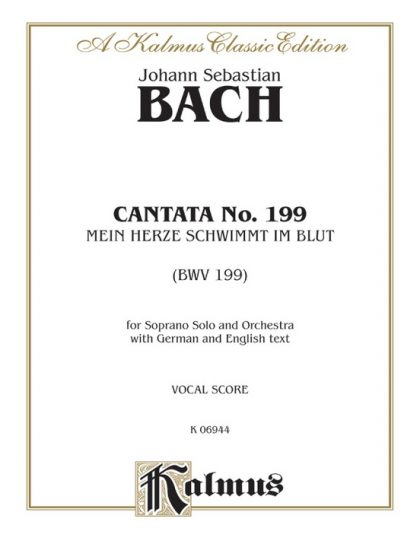
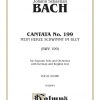
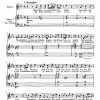
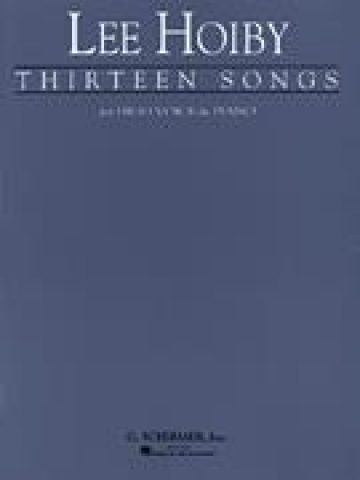
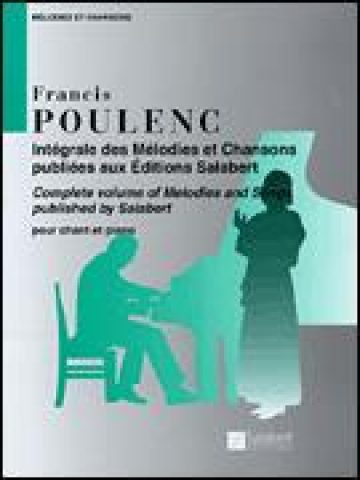

Reviews
There are no reviews yet.